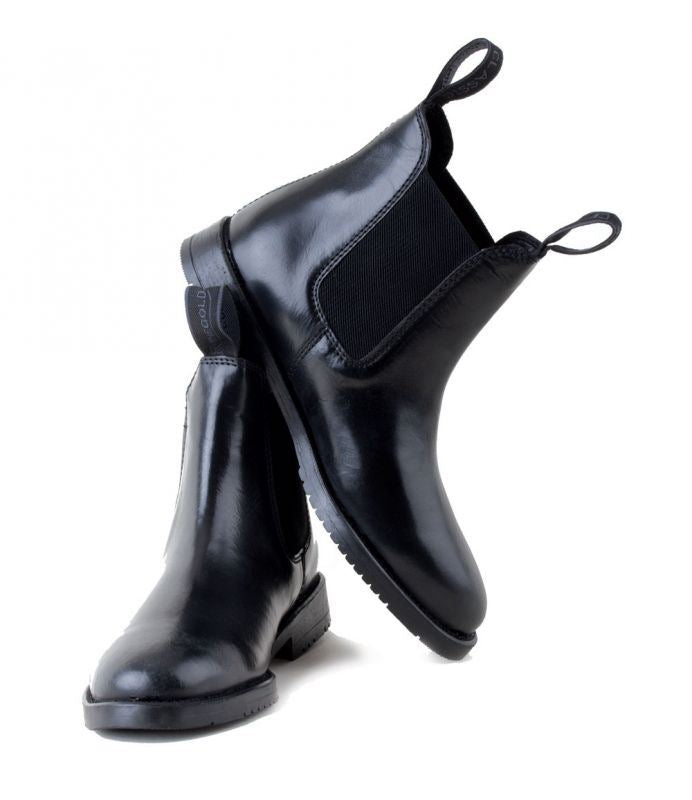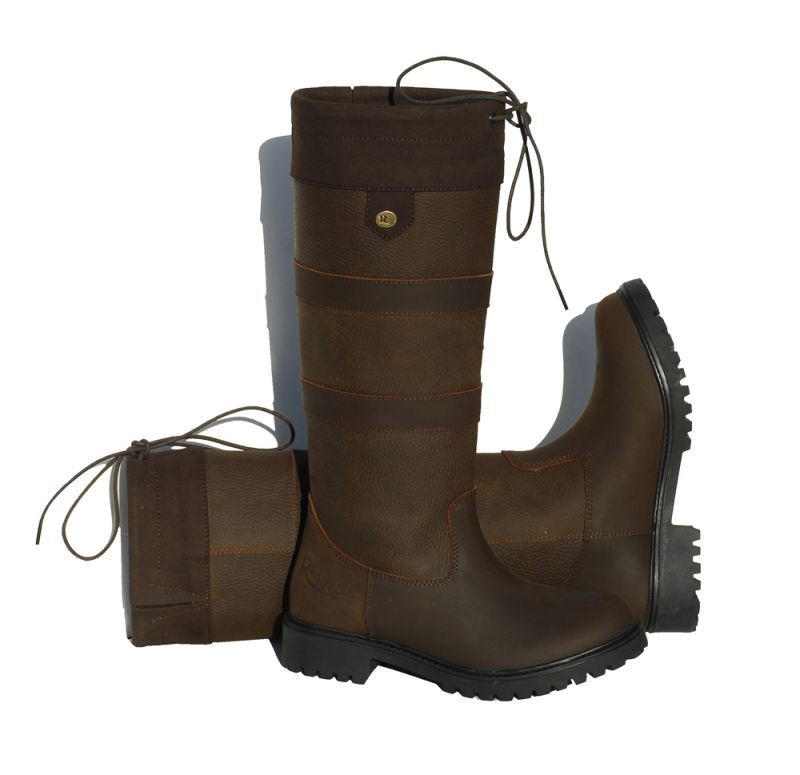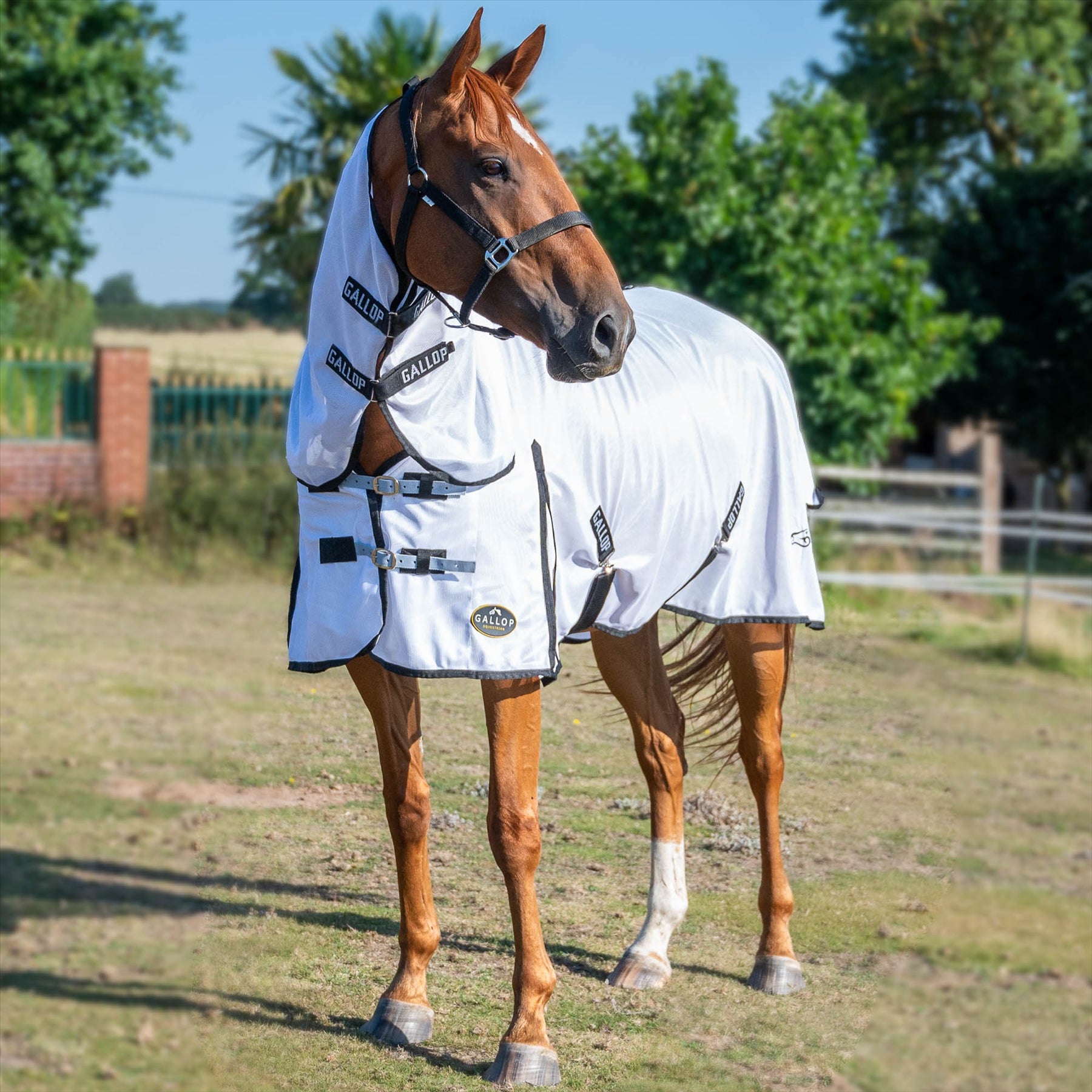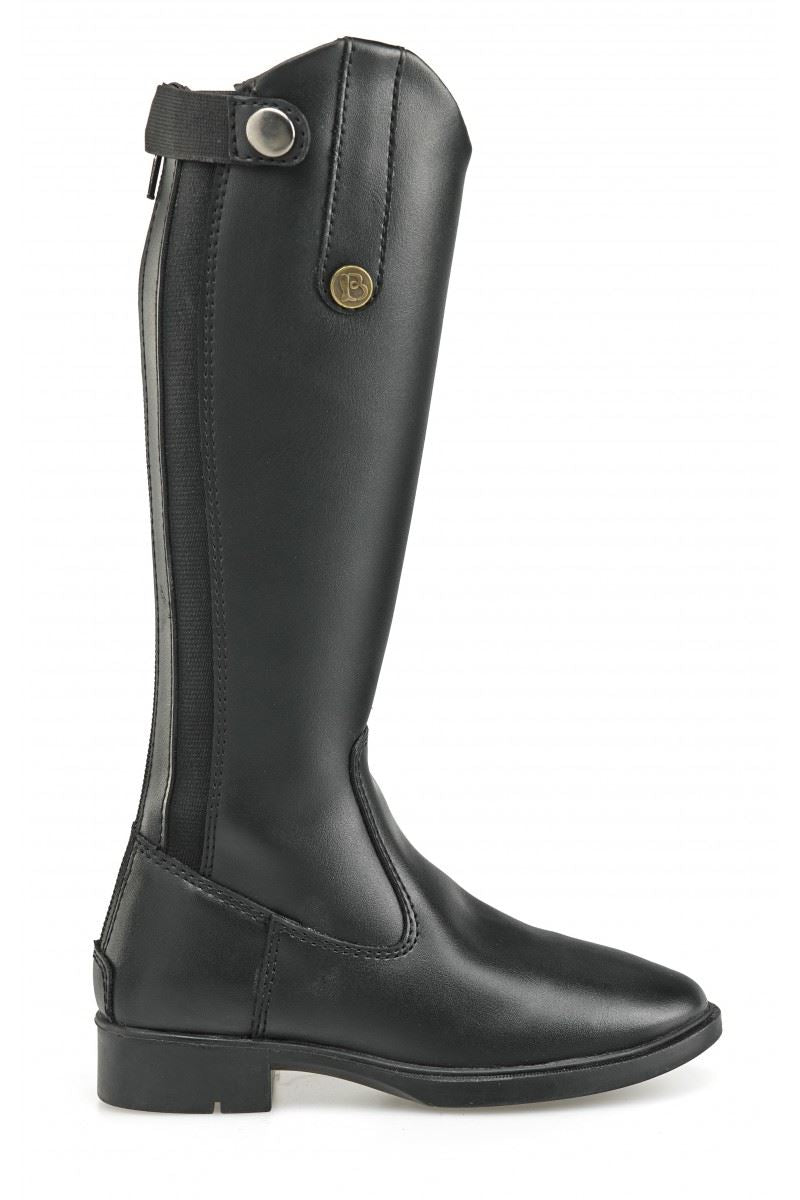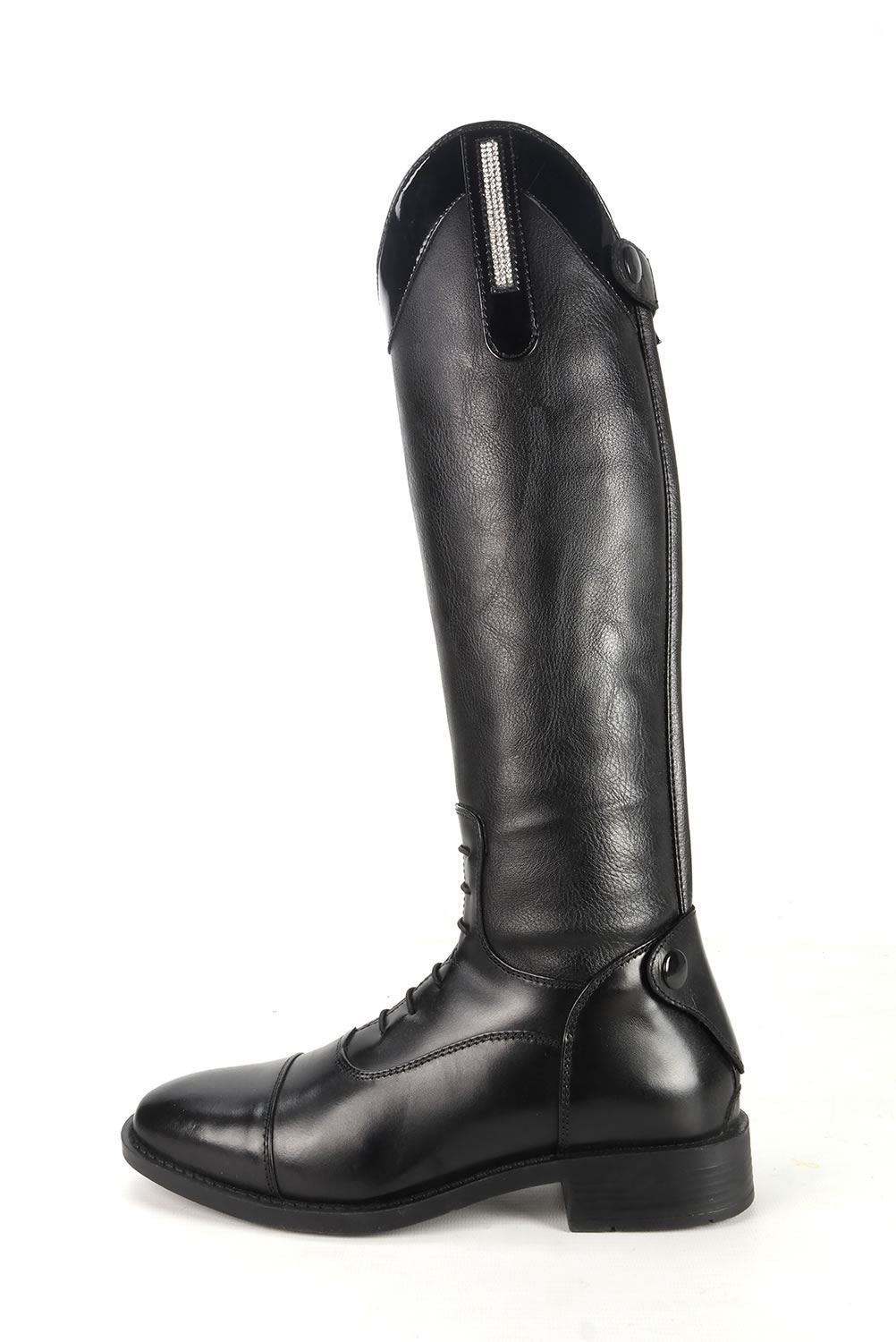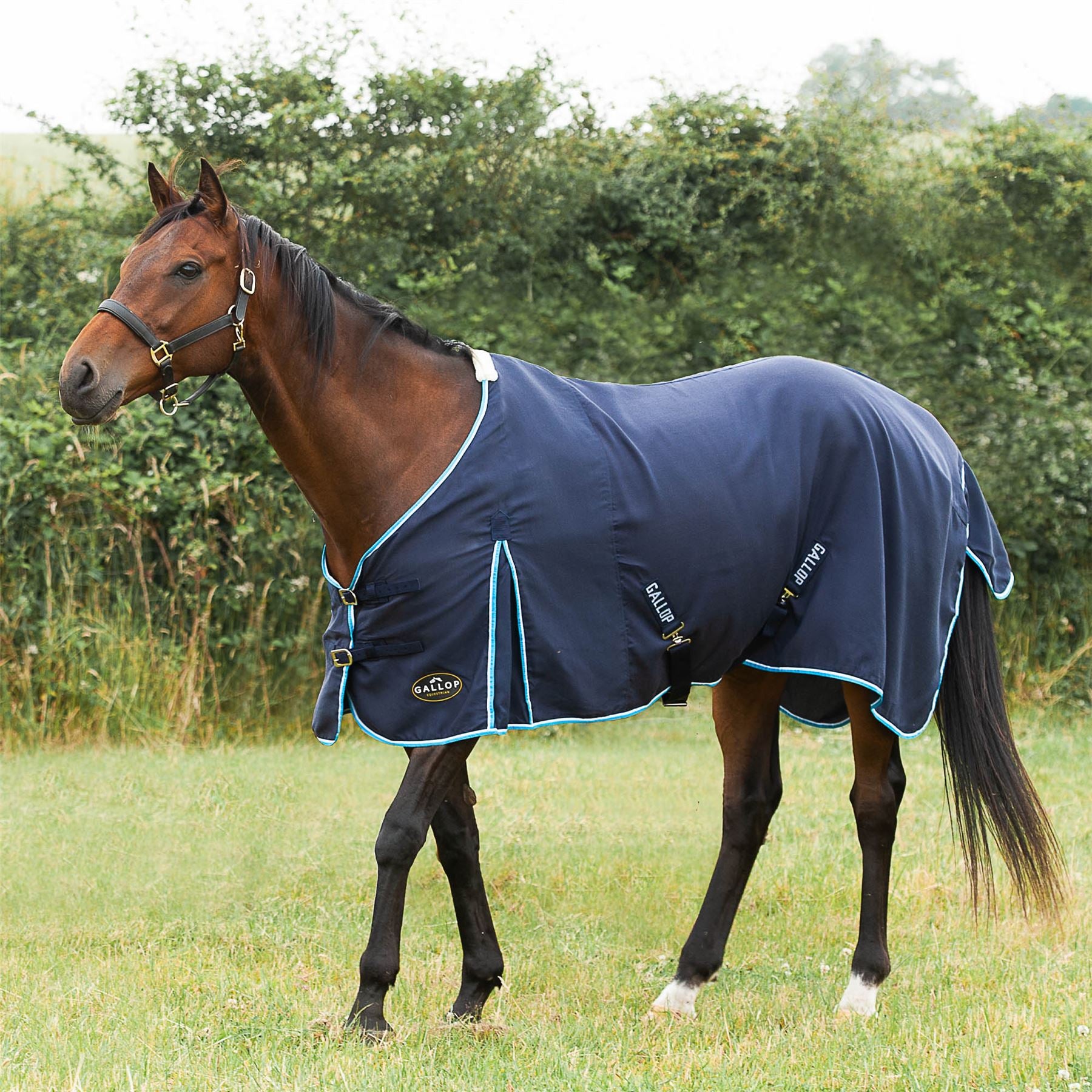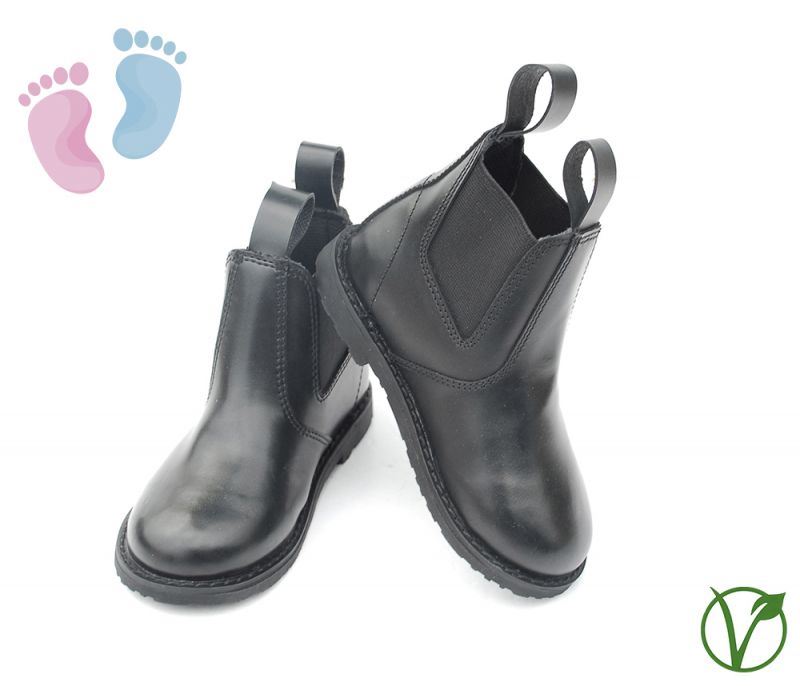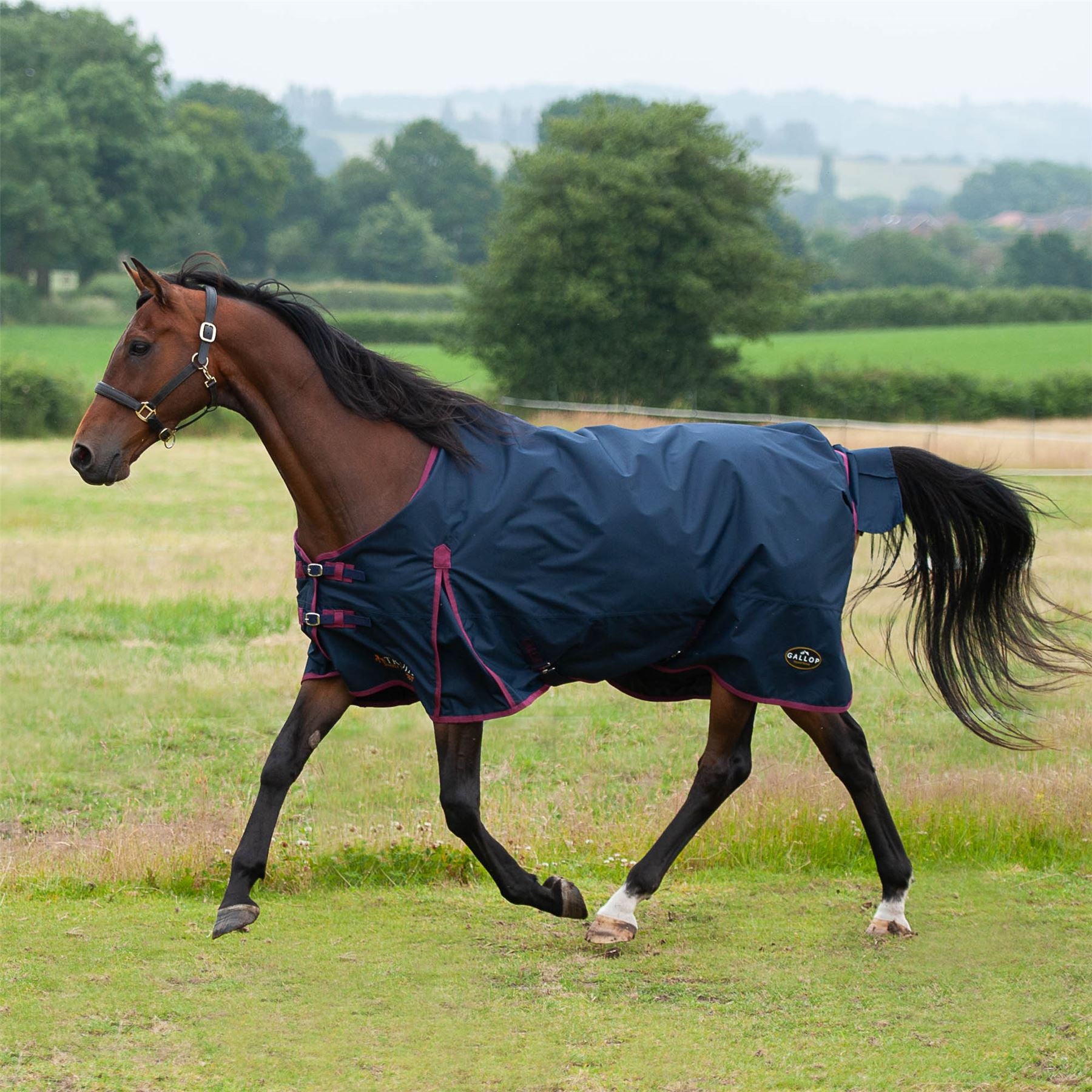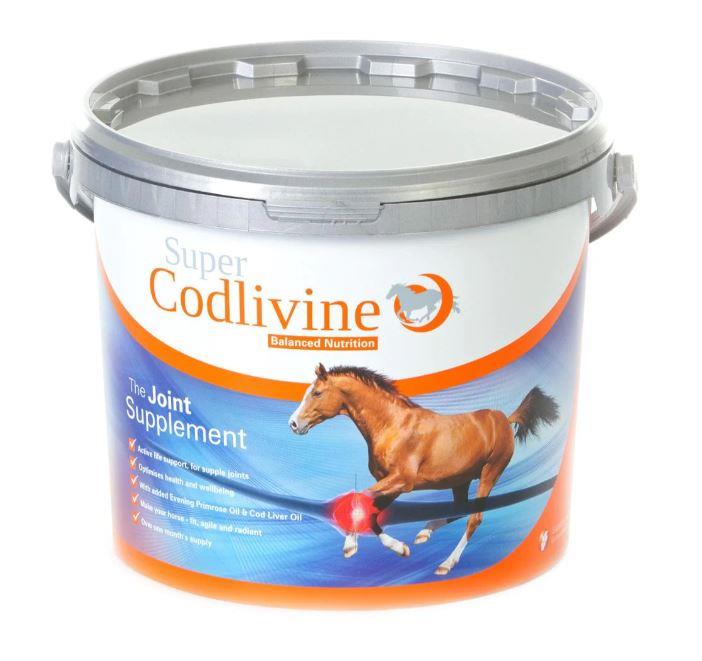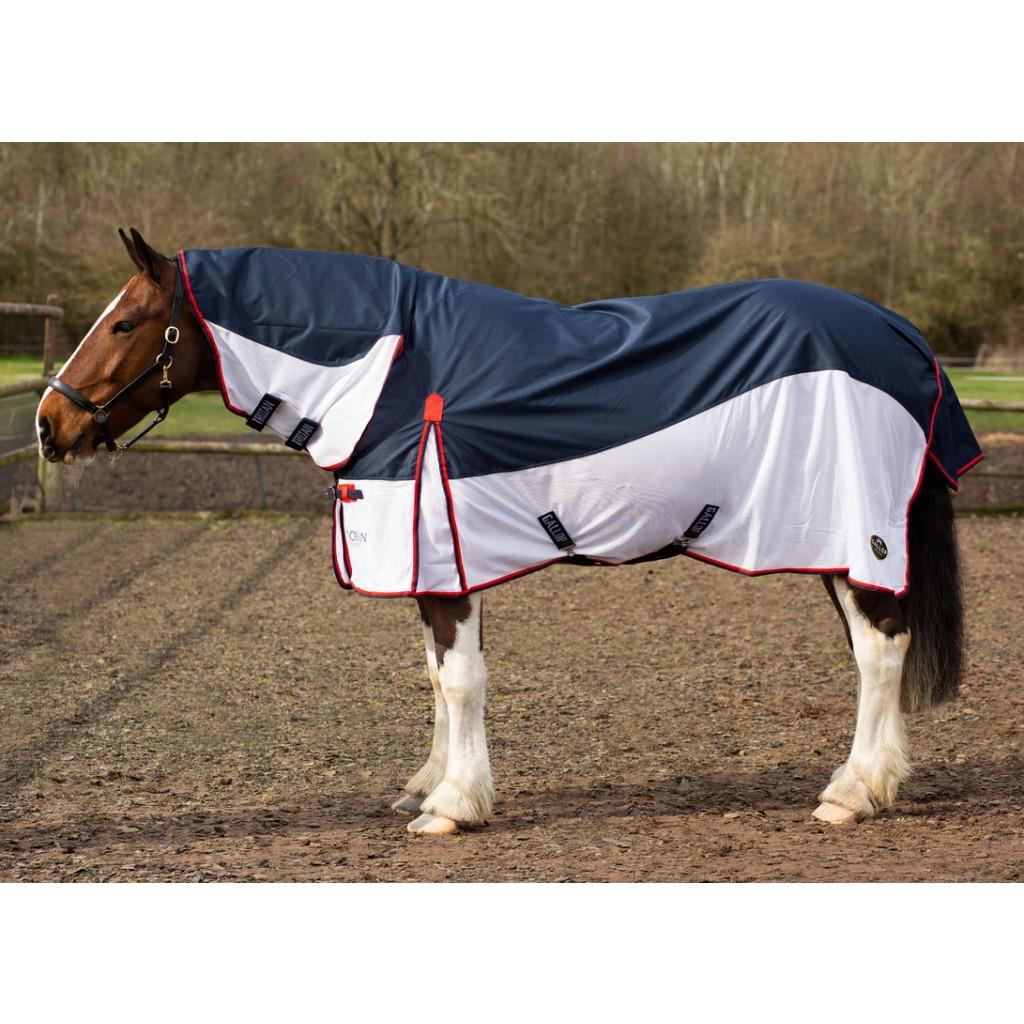
-
Riders
-
Horse
- Pets
- Gifts
- Stables & Arena
-
Brands
- Englander Equestrian
- Shires Equestrian
- Weatherbeeta
- Rhinegold
- Gallop Equestrian
- Brogini
- John Whitaker
- Woof Wear
- Dodson & Horrell
- Science Supplements
- NAF
- Nikwax
- Likit
- Barrier Animal Healthcare
- Global Herbs
- Hilton Herbs
- Horse First
- Lincoln Equestrian
- Equimins
- Gold Label
- Carr & Day & Martin
- Cameo Equine
- Ecorider
- Premier Equine
- Toggi
- HY Equestrian
- Dublin
- LeMieux
- Ariat
- Keratex
- Gatehouse
- Equine America UK
- Liveryman
- Clearance

